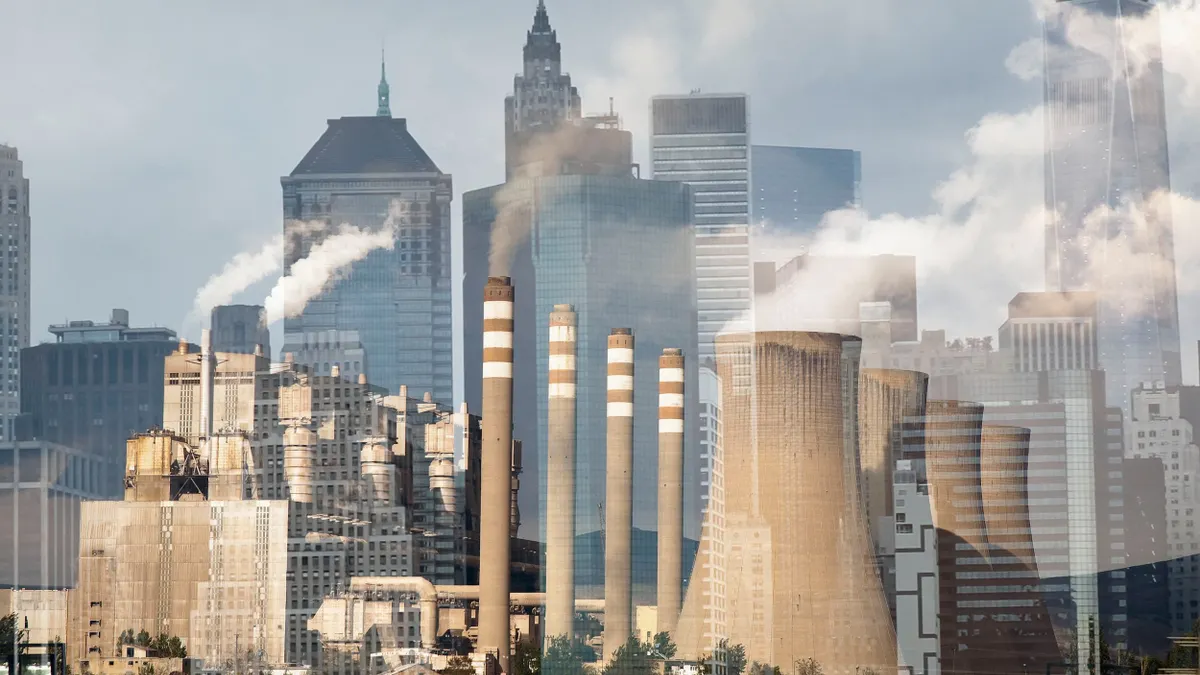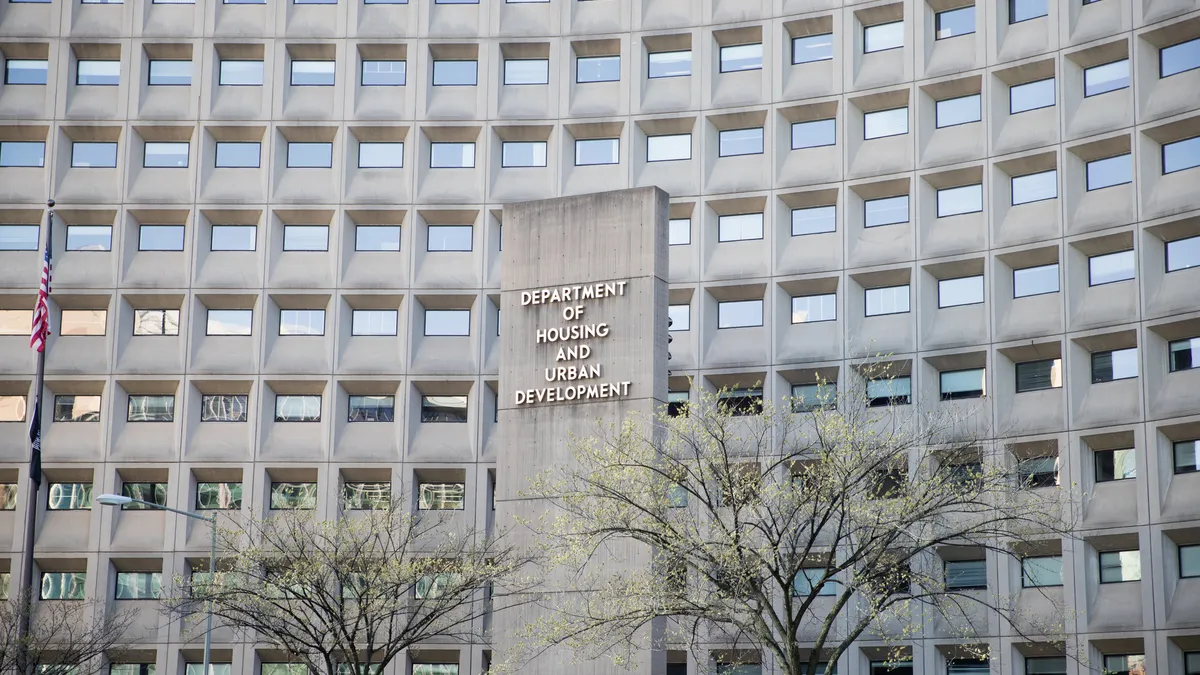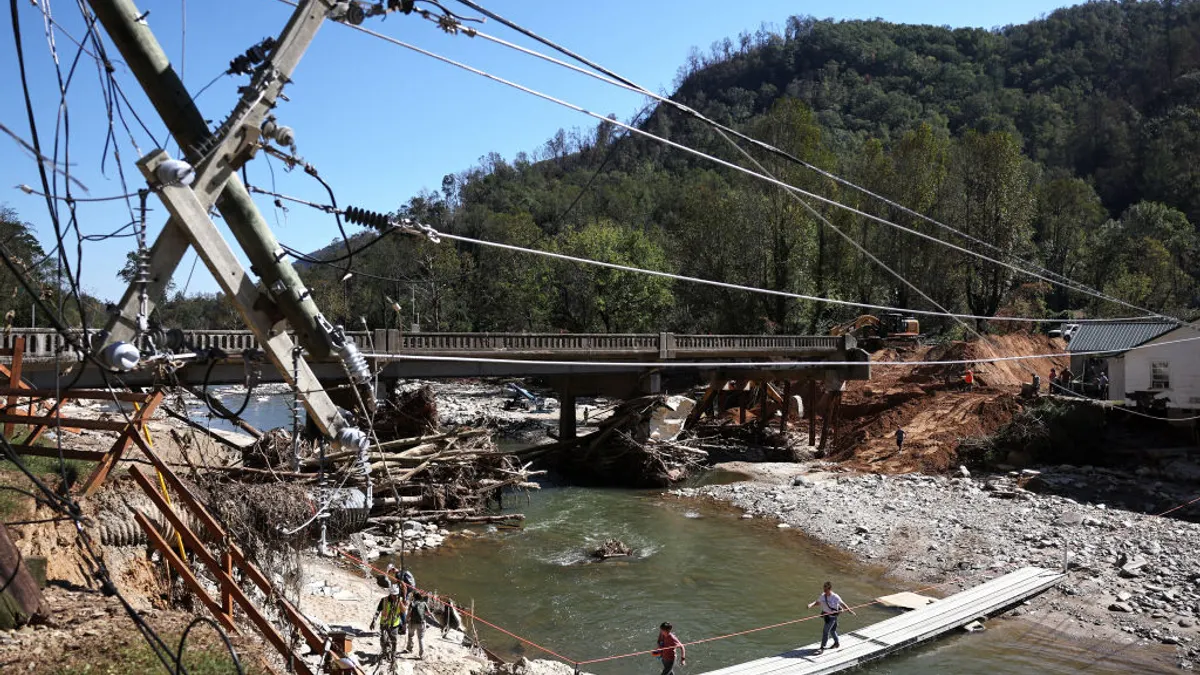Editor's Note: The following is a guest post from Peter Schultz and Brad Hurley of ICF, and Andrew Eil of Climate Finance Advisors.
For companies worldwide, the COVID-19 pandemic has been both a human tragedy and an urgent wake-up call to understand and address business risks of major disasters and other unfamiliar but damaging societal disruptions.
The impacts of the virus have rippled deep and wide throughout the economy, revealing vulnerabilities that many firms had never previously contemplated. While companies assess how they can prepare for the next pandemic, it's worth broadening the focus to include other emerging risks such as climate change.
The disruptions from climate change can compound the impacts of other disasters such as COVID. Yet climate change alone demands more robust risk management by corporate leaders. It's not too soon to start planning — in fact, it may soon be too late to avoid the worst of the impacts, as asset owners, shareholders and regulators raise their expectations of climate-related corporate planning and disclosure.
Companies are finding that the adverse impacts of climate change are all too real. In 2019, California-based PG&E, one of the largest natural gas and electricity companies in the U.S., filed for bankruptcy due to liabilities of its infrastructure's role in igniting wildfires during an 8-year period of unusually dry conditions. Later in the year, Australia's tourism industry, which accounts for 3% of the nation's economic output, suffered approximately AU $4.5 billion in losses from drought-related bushfires that burned an estimated 46 million acres and brought air quality down to hazardous levels.
Altogether, the world experienced 40 billion-dollar weather-related disasters in 2019, totaling $229 billion in economic losses. And this figure doesn't account for the growing losses of fossil fuel-related stranded assets: three oil and gas giants wrote down more than $20 billion in value of proven reserves in Q4 of 2020 alone — all before the oil industry's acute COVID-related crisis.
The COVID pandemic and climate-related events reveal important and often unexpected risks to businesses, while demonstrating just how poorly prepared many companies are for those risks. Scientists and economists expect climate change to bring increases in the frequency and/or severity of extreme weather and disruptive market events in the years ahead. It's in every company's best interest to understand how it might be affected by these trends.
Awareness of climate risk to businesses has grown rapidly over the past several years, thanks in part to the passage of disclosure laws in California and France; proposed disclosure legislation at the U.S. federal level; and the efforts of the Task Force on Climate-related Financial Disclosures (TCFD) in the European Union. TCFD now counts more than 1,000 supporting institutions with a market capitalization of more than $12 trillion, and its reporting standards have been adopted as a corporate requirement by the UK and for signatories of the UN Principles for Responsible Investing (UNPRI).
These trends reflect a growing consensus among corporate leaders, investors and regulators who now see climate change as a fundamental business risk, alongside price fluctuations, impacts on supply chains, and changes in consumer demand. Climate change is now recognized as a potential threat to the bottom line, and the response to it is potentially a strategic driver of value.
Understanding and tackling climate risk
Climate risk can be classified in two key categories: "transition risk," which is related to greenhouse gas-intensive business models that may become commercially obsolete or face future restrictions, and "physical risk,” which can disrupt business operations or undercut market demand. Physical risks come in two flavors: acute weather events (think hurricanes and wildfires) and chronic risks, such as operating a ski resort on a mountain with declining snowfall, or growing thirsty crops on increasingly arid farmland.
There are also risk sub-categories, such as liability risks and reputational risks, that can result in costs and value destruction. The full extent of climate risk to some types of businesses may be obscure and not at all obvious until studied in depth.
Climate change can also lead to indirect losses for businesses. Consider the loss of market share if your firm is unable to fulfill contractual obligations to clients, even as your competitors continue to operate without disruptions. Consider the impacts of loss of life and livelihoods in hard-hit communities where employees work and customers reside. And consider the reputational damage and legal liabilities that such climate-related lapses can trigger.
Understanding and addressing the business risks posed by climate change requires a holistic, company-wide approach, and climate risk assessments should be integrated into corporate strategy as well as operational risk management.
To begin tackling climate risk, companies first need a commitment from management to prioritize it, followed by a determination of how to integrate climate change considerations into corporate strategies. Digging deeper, a corporate-wide assessment of risks and opportunities is needed, as is securing the resources to address them.
Approaches used to address climate change risks are often similar to those used to address existing risks, though the level of investment in mitigation strategies or the ways they are deployed may vary. And these mitigation approaches are not rocket science: they are mostly just good business management practices for which importance is magnified by rising risks.
The ROI of climate risk management
As climate change accelerates, the payback for investments in risk management may come sooner than expected. The value of these services starts to come into focus when reductions in operational costs, corporate losses, forgone revenues and write-downs are tallied up, compared with the costs of the climate risk reduction, and measured against industry-average profits and losses.
Just ask San Diego Gas & Electric, which has invested $1.5 billion in fire risk mitigation since 2007 (following major wildfires for which the state eventually found SDG&E at fault). While SDG&E shareholders were required to absorb significant settlements and costs to the system associated with those wildfires, the utility's major investments in risk mitigation have helped ensure it will not be held liable for new wildfires. While SDG&E is careful to note that it cannot eliminate risk entirely, these investments and the company's continued efforts stand to dramatically improve its wildfire risk outlook going forward.
The net costs to reduce climate risk may be reduced further if resilience actions to safeguard insured assets are accompanied by reduced premiums that reflect planned resilience investments. Corporate resilience actions can thus lead to a virtuous cycle: When insurance becomes more readily available and reasonably priced, it is more advantageous to expand insurance coverage of business assets in order to transfer climate risks off of the corporate balance sheet, reducing value at risk.
Finally, addressing climate change should not just be about playing defense. It could also lead to new top-line opportunities. For example, natural resource companies such as forestry and agricultural firms may identify new production regions as growing seasons lengthen or precipitation amounts increase in some places. And some companies that produce equipment useful in increasing resilience may see revenue boosts. In recent years, for example, new companies and business lines have emerged to provide data analytics and technology for climate risk mitigation practices such as flood protection, agricultural productivity optimization, infrastructure hardening and supply-chain management.
The bottom line is a proactive approach to climate risk will protect against unexpected losses while providing value and driving new business opportunities. This approach should be led by top-level management, with action taken by corporate planners, risk managers, logistics and asset managers — anyone in the company chain whose ability to deliver results could be affected by climate change and its myriad impacts.

















